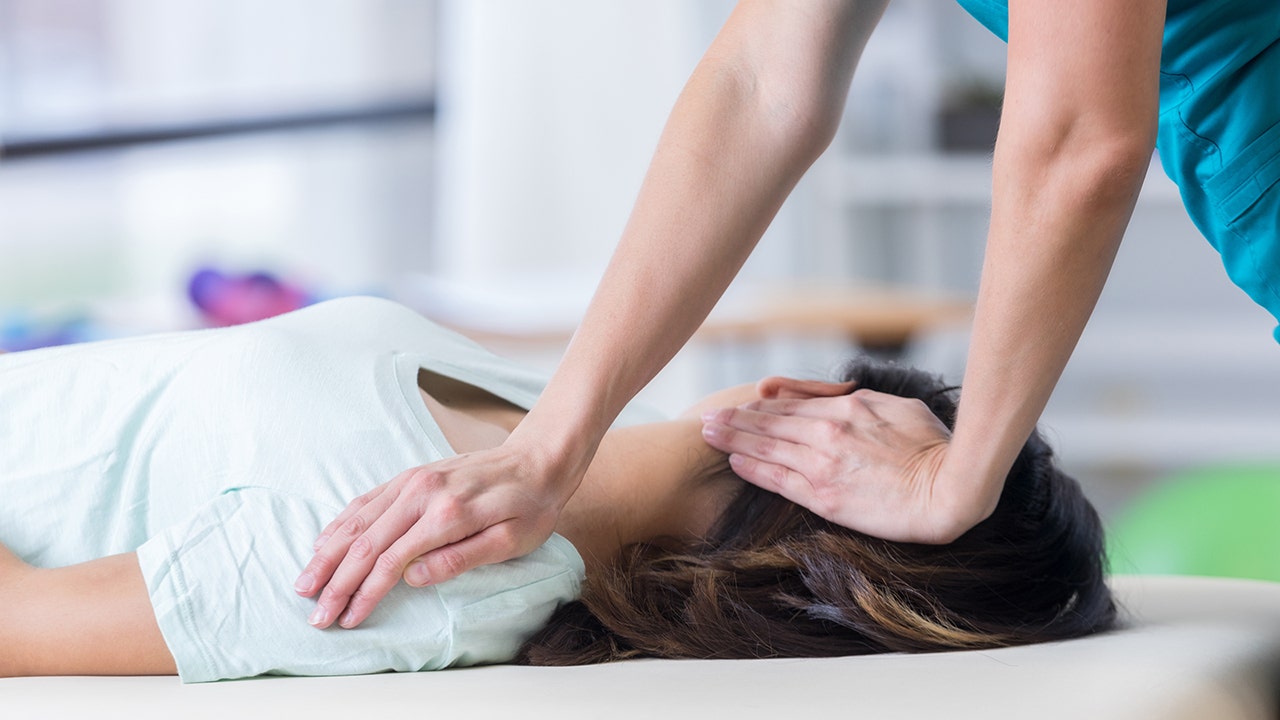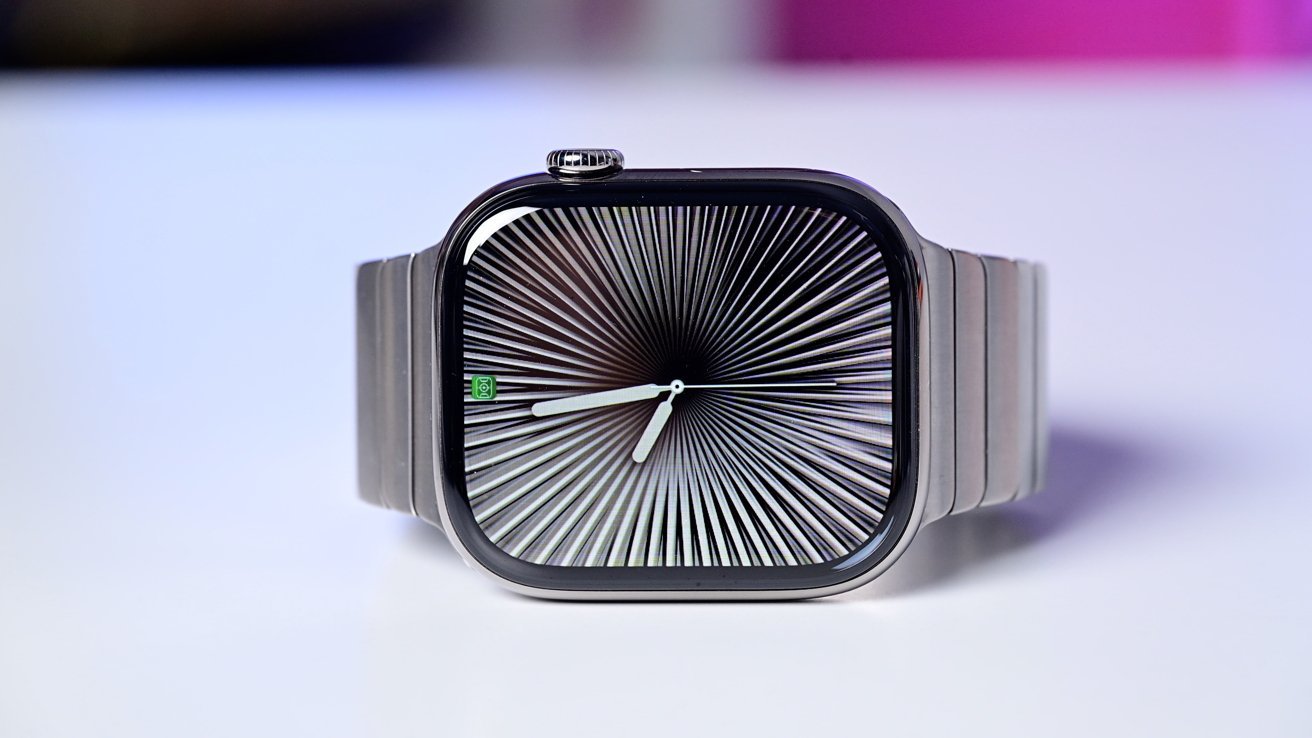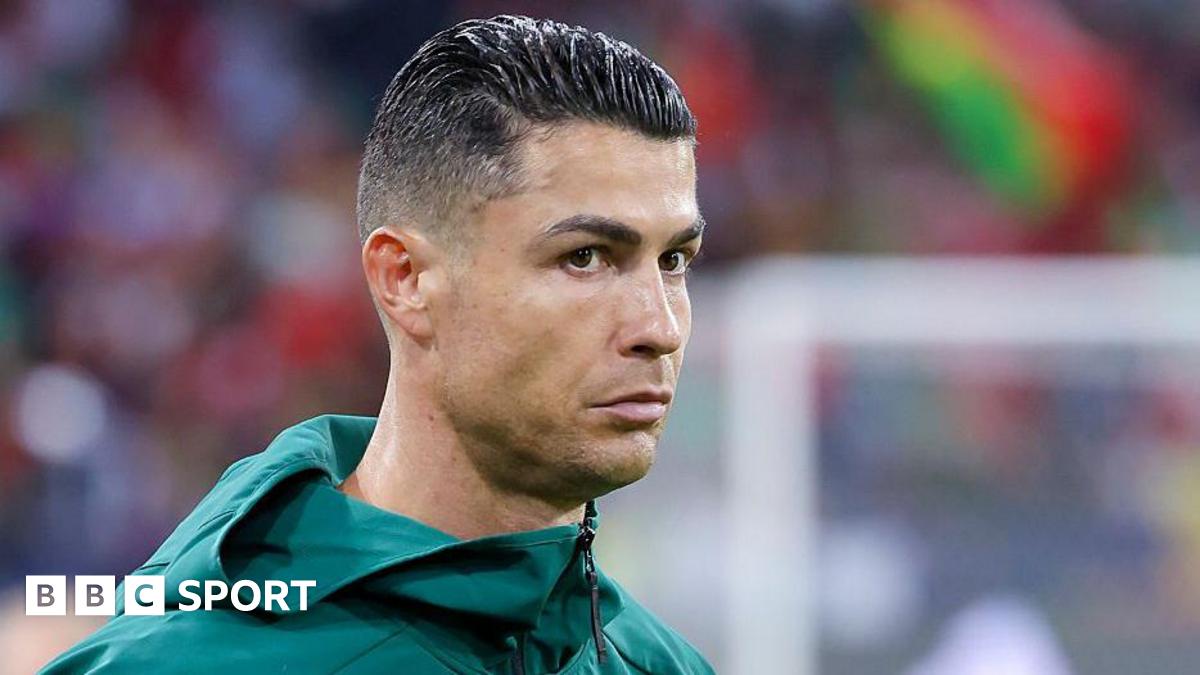- Orchestras are engaging in health initiatives because music is a powerful tool for well-being.
- The League of American Orchestras meeting in Salt Lake City will address those efforts.
- Music of all kinds improves mood, memory, physical health and more.
The role music plays in bolstering health will be center stage as roughly 1,200 professional musicians gather in Salt Lake City June 11-13 for the League of American Orchestras 80th national conference.
Music is integral to well-being, Simon Woods, the president and CEO of the league, told Deseret News. “What’s interesting about music recently is that there’s been just such an explosion of interest in the power of music for health and wellness,” he said.
Orchestras large and small across the U.S. and Europe are investing their energy, time and talent into their communities through programs as diverse as incorporating yoga or meditation into a performance to teaching children about music, including both listening and making it. Musicians have gone into prisons and memory care facilities, hospitals and shelters.
One of the driving forces in the effort — and the conference keynote speaker — is retired American soprano Renée Fleming, who became so interested she ultimately edited a book about it called “Music and the Mind.” The subtitle is “Harnessing the Arts for Health and Wellness.”
The value of music to improve health is so important that the league created a “Catalyst Guide” to showcase ongoing work and help those who aren’t engaged in well-being in their community get started. They’ve targeted five areas where music makes a big difference:
- Improving patient outcomes in health care settings.
- Supporting mental health and resilience.
- Serving neurodivergent audiences.
- Cultivating community well-being.
- Contributing to medical research.
To the latter point, the guide shows ways to team up with health care providers and researchers to help quantify the value of music in overall well-being. Studies have already documented many of the “concrete changes that occur, particularly to young people through experience of music,” Woods said.
Among the findings: Young people who take part in music have better test scores and better socialization skills. But that’s not all, he added. “It’s literally music helps the growing brain wire itself to be more effective.”
You don’t have to learn to be a musician to benefit, he said, though that’s a great benefit. Immersing yourself in music by listening affects well-being, too. “But it’s worth saying that the boundary between those things is not a hard line ... There’s a huge gray area in between.”
It’s also an interesting fact that music is among the last faculties lost by someone with dementia. It is hardwired deep into the brain.
Connections between music, medicine and science are real and proven, said Steve Brosvik, president, CEO and the O.C. Tanner Chair with Utah Symphony/Utah Opera. “While we fully acknowledge that we’re not surgeons, we’re not curing cancer, we’re not researchers, we do know that bringing people together for a live social experience, listening to music, really does impact people’s lives in a positive way.”
Is one music genre better than another?
According to Johns Hopkins Medicine, listening to or playing music is a “great tool. It provides a total brain workout.” The article notes that listening to music — you don’t have to be a musician yourself — “can reduce anxiety, blood pressure and pain, as well as improve sleep quality, mood, mental alertness and memory.”
The article adds that people tend to listen to the same songs and genres they loved in their teens and 20s. It advises adding new music and new types of music.
“New music challenges the brain in a way that old music doesn’t. It might not feel pleasurable at first, but that unfamiliarity forces the brain to understand the new sound,” per the story. But that doesn’t mean you drop music you already loved.
And here’s another note: People react differently to different forms of music. “What helps one person might be distracting to someone else and what helps one person unwind might make another person jumpy.”
Are some types of music better than others?
“I’m not going to be here to tell you that any one form of music is better than the other. I think that all forms of music and all forms of musical participation have profound value in the health environment,” Woods said. “From the very simplest impulse of banging a drum up to the complexity of listening to a symphony.”
The focus on parlaying music’s value into community wellness is not new, but it’s a mission that’s been growing exponentially recently. Woods said that orchestras a half-century ago had a “relatively narrow mission,” which was to play great music for audiences who loved listening to it. “I think what’s interesting and so strong about the field today is the way that orchestras now think so deeply about how they can make the biggest possible impact in their communities.”
He called them “vital forces in their communities and this is just another facet of that.”
The pandemic was a pause button that Brosvik said has energized work to “recreate social experiences for people that we know we can do pretty readily with what our regular programming is.”
Woods, who is a conductor, composer and piano player, said he knows the power of music because it’s been a thread in his entire life.
“If you go out with a musician who’s going to play music in a hospital, you can’t not come away from that somewhat changed, because it’s moving and important and very deeply meaningful work” that he said provides tremendous personal reward for the musicians, too.
Using music as a tool in Utah
But Utah Symphony/Utah Opera is doing more, Brosvik said, including a mindful music program the musicians have provided to school classrooms. That involves a short music lesson at the beginning of a class period that provides some education, but also recenters the class, improves focus and boosts the learning to follow. Teachers who are participating access it through an app.
The symphony hoped to get the program into 10 schools and the idea was so popular it had to cut off the list at 21, per Brosvik. He added that whole school districts are looking at adopting the program and they hope to take it statewide.
In addition, the symphony started research projects with Huntsman Mental Health Institute. It’s partnering with a Carnegie Hall wellness program that provides performances for much smaller groups of people than would be in a concert hall — maybe 100 people and a few performers who help guide the learning and concert experience. The music is relaxed enough that a person could listen from a yoga mat on the floor, eyes closed, and not raise anyone’s eyebrow.
 Utah Opera Resident Artists, left to right, baritone Rodney Sharp II, mezzo-soprano Sarah Scofield, soprano Stephanie Chee, and tenor Aaron McKone, perform holiday music at Primary Children’s Hospital. It’s one of many ways the organization strives to bring well-being and music into the community. | Utah Symphony/Utah Opera
Utah Opera Resident Artists, left to right, baritone Rodney Sharp II, mezzo-soprano Sarah Scofield, soprano Stephanie Chee, and tenor Aaron McKone, perform holiday music at Primary Children’s Hospital. It’s one of many ways the organization strives to bring well-being and music into the community. | Utah Symphony/Utah Opera “Along with that program, you’re also learning some breathing techniques, ways that you can take that experience away with you and lower your stress. If you’re having a bad day, you can use some of these techniques to just refocus and then move on,” Brosvik said.
The effort was introduced this year and plans are to expand it into a series at a variety of locations, including the mental health institute.
The musicians and their families benefit from the wellness efforts, too. In fact, the first wellness concert they did was for the musicians’ own families. And themselves. “What we do is hard. It’s stressful for the performers. It’s very individually exposing. You’re doing what you do with your body and your instrument, your voice, in front of thousands of people,” said Brosvik.
“But we also know, just from a service perspective, if we have moved just a few people, if maybe we’ve changed somebody’s perspective or extracted them from the stress of their own day, we feel like we are doing good and that is immensely valuable to all of us as individuals,” he added.
Brosvik also pointed out that the national conference is important to the downtown community because of the visitors it brings in and also the chance to showcase how great Salt Lake City — and Abravanel Hall — are.
A (musical) note about health
The American Music Therapy Association highlights the impact of music on different populations, including with folks who have an acquired brain injury, those with substance use disorders, children with behavioral health issues, those in hospice care, veterans and members of the military, families and their babies in neonatal intensive care units, special education settings or with pain management challenges, among others.
The association and other groups call music as therapy a recognized benefit to address physical, emotional, cognitive and social needs of individuals.
The league’s guide the group produced to spark new ideas for other orchestras highlights some of the ongoing wellness initiatives.
The Knoxville Symphony Orchestra Unstaged, for instance, paired musical performance with yoga. The Houston Symphony joined Community-Embedded Musicians for what it called the “Dementia Center Performance Series.” And the Bozeman Symphony’s Joy Program includes a monthly performance at the Bozeman Health Cancer Center “to help reduce stress and anxiety, provide comfort and, where possible, spread joy to cancer patients and their loved ones.”
A photo of the latter in the guide shows a violinist playing for a cancer patient and her guest in a hospital room.
The guide contains dozens of examples nationwide designed to help communities feel better and grow stronger. And prompt musicians in them to get involved.







 English (US) ·
English (US) ·